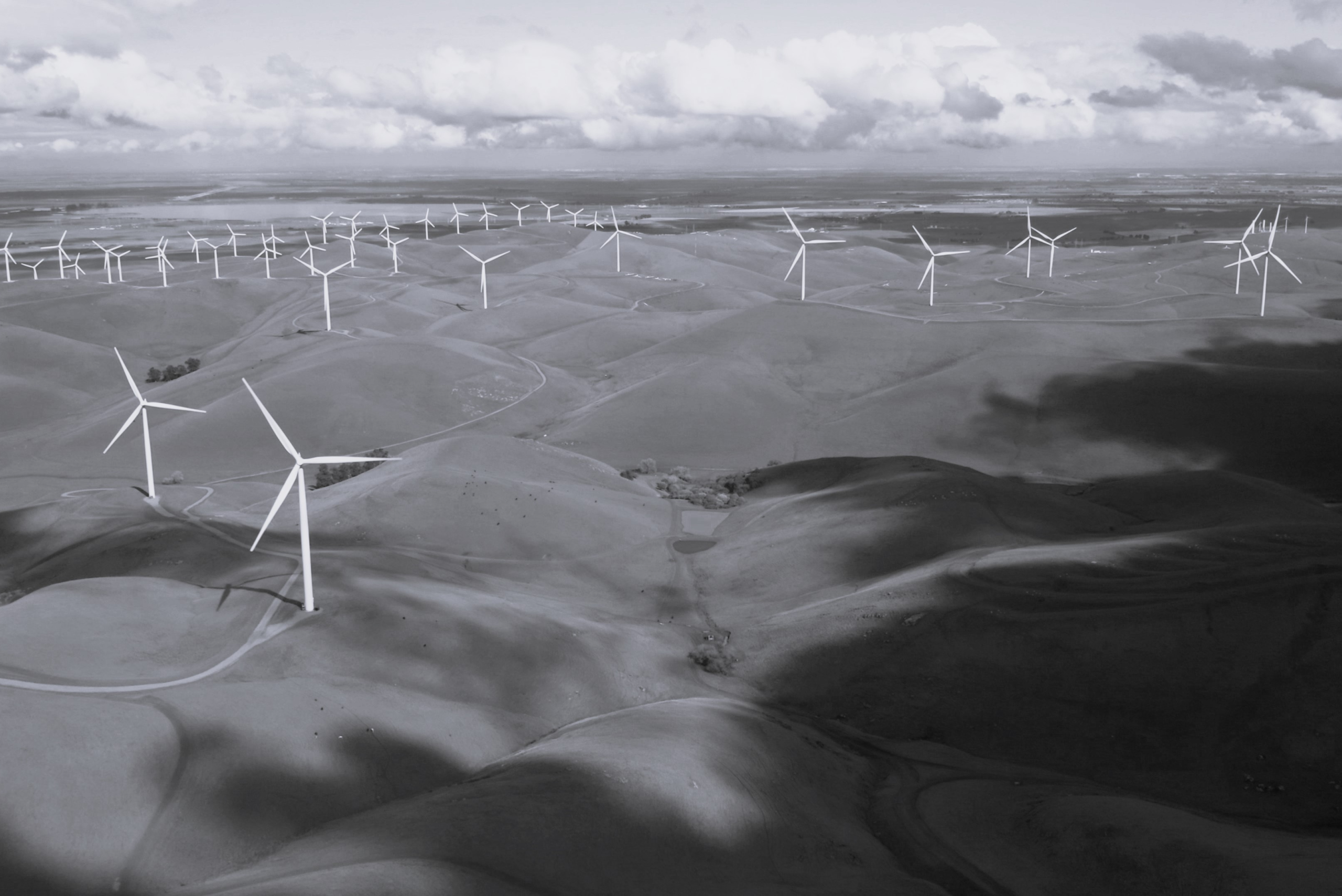
The Mid-Cap opportunity
In short
Mid-cap companies play an important role for industrial decarbonization across key strategies and industries. Usually located further upstream, mid-cap companies supply materials, technologies and components to OEMs and service providers further downstream. Though you might have never heard their name before, they can be “climate champions” as much as they can be “hidden champions”. Some are fully dedicated pure players while others are diversified with the potential to expand the green share of business at a disproportionate pace. Especially among traditional family-owned companies, there is an attractive opportunity for astute and skilled investors to create additional value.
The Opportunity
Vidia helps businesses avoid, reduce and remove industrial GHG emissions by investing in and driving the use of climate solutions at scale. The transition from high-carbon to decarbonization solutions poses a complex challenge to industrial mid-cap companies. It also presents a unique opportunity for dedicated and operationally skilled climate solution investors.
Still underestimated in terms of speed and scale, the climate crisis is causing a major shift in market and technology trends resulting in an unprecedented transformation of the global economy. These trends are expected to accelerate. The consequent market disruption will create clear winners and losers (i.e. climate solution businesses vs. stranded assets in traditional industries).
■ Industrial climate policies and regulations are tightening near- to mid-term to meet the goals of the Paris Agreement and win the #racetozero.
■ An ever-growing number of companies are making ambitious net-zero commitments across their value chain. Climate risk awareness can be expected to reach tipping points which further accelerate market and regulatory trends—slowly at first, then suddenly.
■ Recent advances in material science, digitization, machine learning etc. are maturing into commercially available products and services dedicated to enabling and supporting the industrial transformation.
■ Specifically in Germany, the term ”hidden champion” refers to little known but highly innovative and world-leading small to medium sized enterprises (SMEs), many of which have been family-owned for generations.
■ Climate solution companies founded in the late 20th and early 21st century are maturing at scale and start to see growing market demand. Often, they also face the need for professionalization and significant operational scale up.
■ Increasingly, companies offering products and services around competitive climate solutions are available for acquisition as their owners seek to exit and/or look for a strong partner. This is often due to significant operational and transformational challenges regarding regulatory requirements and increased climate solution demand.
■ Upstream climate solutions (e.g., specialty components, advanced materials, industrial supplies) provided by hidden champions can be crucial for the deployment of viable and cost competitive climate solutions further downstream. Although such solutions enable and support climate impact across the value chain, they tend to be overlooked for various reasons, for example because they are part of a diversified company.
Emission factors are representative values that express the relation between an activity and the carbon emissions it creates.
■ Sellers and management teams are becoming more sophisticated and climate-aware, choosing a dedicated climate impact investor as a preferred partner to accelerate the required decarbonization and capture industry-specific opportunities.
■ Most mid-size companies don’t exploit their potential for improving operational efficiency and sustainable value creation, in particular in succession situations with long-standing ownership structures.
■ In many cases, traditional management views have led to green growth strategies being underprioritized and underfunded.
■ Looking at business models through a systematic lens with an operations-first mindset enables us to formulate a new vision regarding efficiency gains, and to scale-up opportunities to make climate solutions more competitive, thus enabling a steeper green growth trajectory.
■ Traditionally, decarbonization initiatives in line with science-based net-zero targets have not played a significant role (though should be of strategic importance given increased net zero commitments by customers).
Key Strategic Themes
As Figure 1 illustrates, it is our mission to focus sourcing and investment on the five highest-emitting sectors: energy, industrials, transportation, buildings, and food & agriculture. Across these industries, we work on three key themes around transformative solutions: industrial materials, electrification, and circular economy business models that reduce emissions and waste for materials-related activities. Within these core themes, we look for climate solution providers as well as providers of technologies that enable and support climate solutions further downstream in the value chain (e.g. suppliers of components, systems, specialty services, etc.) by directly or indirectly contributing to improved climate mitigation performance.

Figure 1: Core themes
Types of Target Companies
In general, we differentiate between two types of target companies with distinct characteristics (see Figure 2)

Figure 2: Types of target companies
■ Pureplay climate solution companies include specialized technology providers that improve performance in terms of renewable energy infrastructure installation/operation/maintenance. Typically, these are comparatively smaller companies confronted with an attractive green growth potential that demands skilled exploitation.
■ Diversified companies include suppliers of components, systems, services, etc., where a significant share of the business consists of a high value-add product line dedicated, for example, to the heat pump industry, while the remaining business units serve non-climate solution markets. Generally, such established “Mittelstand” companies are characterized by comparatively moderate growth trajectories, although in many cases a significant green growth potential can be found within the climate solution share of the business. These companies are less likely to have already committed to science-based net-zero targets and are more likely to pursue a general growth strategy in which the strategic potential of the climate solution business has not yet been fully realized.
So what?
Science agrees on what needs to be done to decarbonize the industry: Expand renewable energy, electrify everything, push energy efficiency, and increase circularity. At Vidia, we see a generational opportunity for mid-sized climate solution companies that play an important role in this transition and need to scale at a faster pace. We focus our strategic efforts on a segment of the economy that is poised to benefit most from the historic shift from a fossil-fuel based global economy to a sustainable, climate-positive economy. To seize the opportunity and add value to industrial mid-cap companies with high climate impact, we combine investment, operations and impact expertise and leverage our comprehensive industry network. We strive to improve competitiveness and drive the scale-up of climate solutions as the key building blocks of global value chains.




